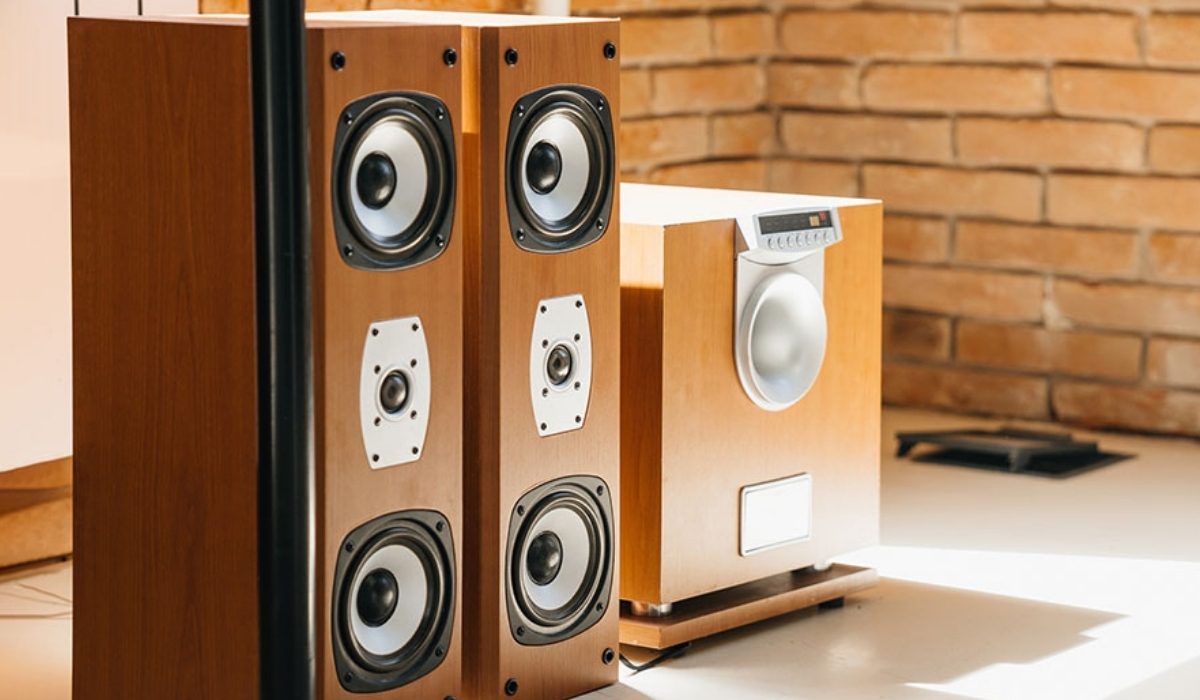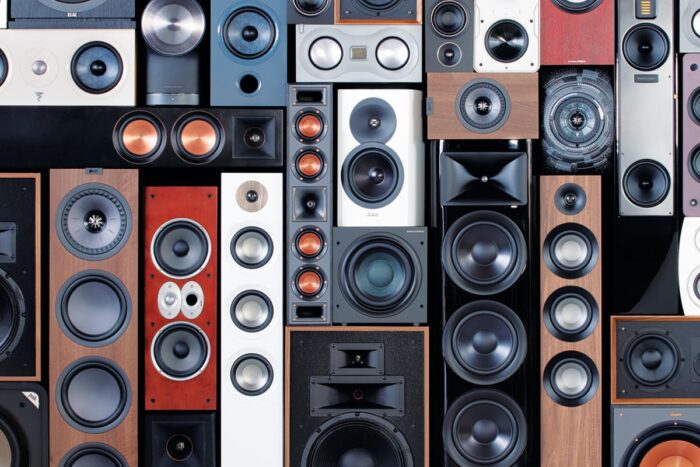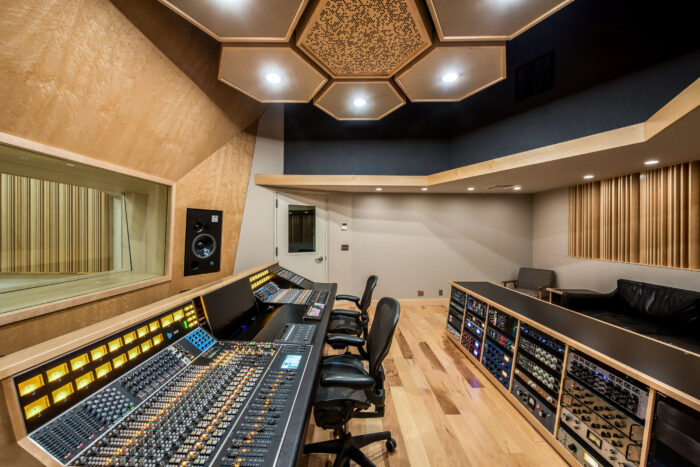
Studios use a variety of speakers to create the perfect sonic environment for their clients and employees.
In this blog post, we will explore some of the most common types of speakers used in studios and some things to know about them. From studio monitors to subwoofers, this article has everything you need to get started with your own audio setup.
What are the Different Types of Speakers?

There are many types of speakers used in studios, and knowing what they are can help you make better choices when selecting one for your project. Here are the different types of speakers:
- Powered speakers: They use an external power source to produce sound. They’re often used in larger studios because they can produce a big sound with lots of detail.
- Acoustic speakers: They use acoustic waves to convert sound into electrical signals that are then sent through the speaker system. They’re usually smaller and more portable than powered ones, which means they’re ideal for use in smaller spaces or on location.
- Portable speakers: They are typically small and lightweight, which makes them ideal for use on the go. Parlantes are the most common type of portable speaker, but there are also Bluetooth speakers and speakers that use earbuds.
- Ribbon speakers: Also known as ribbon tweeters, these use a series of thin metal ribbons to create high-frequency sound waves. They’re prized for their clarity and accuracy, which is why they’re often used in professional audio recordings and mastering studios.
- Woofer speakers: Woofers are typically the large, boxy type of speaker that’s used to provide bass frequencies in music playback applications like home theater systems and car audio systems. They tend to be more expensive than any other type, but they deliver deeper tones that can really shake things up during movie or gameplay sessions.
How Do Sound Engineers Use Speakers to Create Sound Effects in a Recording Studio?

One of the most common ways sound engineers use speakers to create sound effects in a recording studio is by using them to amplify sound from microphones. In some cases, sound engineers will also use speakers to create sounds that weren’t originally intended to be heard by the human ear.
They also use them to create the “feel” of space in a recording. For example, they might use a speaker to create the sound of rain or thunder in a recording. They might also use them to create the sound of people talking or walking in a recording.
Conclusion
In today’s world, home studios are becoming more and more popular. There are a number of reasons for this, but one of the most important is that people want to be able to make their own music without having to go out into public. This means that they need good quality speakers in order to be able to properly reproduce sound.
In this article, we have outlined some things you should know about different types of studio speakers and what they can do for your music production.
Hopefully, this has given you some helpful insights and you can start making better-informed choices when it comes to choosing your next set of audio equipment.








